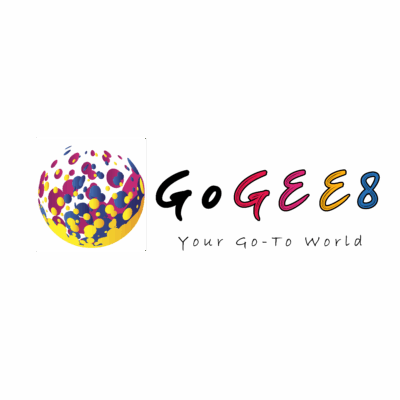Bangladesh is becoming a market with rapid growth and vibrancy. The impressive rate of digital adoption, the sizeable domestic consumer market, and the rapidly growing middle and affluent class are the main drivers of this growth.
The nation currently hosts over 2,500 startups, and about 200 more are added annually with an emphasis on a variety of industries, such as financial technology (fintech), logistics and mobility, and e-commerce, bgc reported.
Bangladesh continues to show signs of being a strong marketplace, but despite this notable commercial activity, the country remains largely unexplored.
Let’s see the country’s economic progress over the years in points.
1. According to Indian Council of World Affairs, Bangladesh’s economy grew at around 3.5% during the 1980s, after Bangladeshi leaders decided to introduce economic reforms and liberalise the economy.
2. The first half of the 1990s witnessed an average growth of 4.55 which further increased to 5% in the second half. The country achieved further economic growth at a time when a devastating flood had hit the country in 1998.
3. During the global financial crisis of 2007–2009, the nation’s annualized growth rate was 5.5%, while the average for the world was 0.4%.
4. Bangladesh outperformed peers in Asia, including India, Indonesia, and the Philippines, with an average annual GDP growth of 6.4% between 2016 and 2021. It also outperformed the global average, which was 2.9%.
5. Bangladesh has demonstrated its resilience to worldwide economic shocks. Bangladesh’s economy grew by 3.4% in 2020, making it one of the few in Asia to do so despite the COVID-19 pandemic.
6. Moreover, the GDP per capita of the nation was almost $2,800, which was more than that of India in 2022. Bangladesh is expected to reach upper-middle income status (at least ~$4,000 GDP per capita) by 2031.
7. In 2023, the Bangladesh economy recorded average annual growth of 6.4%, according to Focus Economics.


